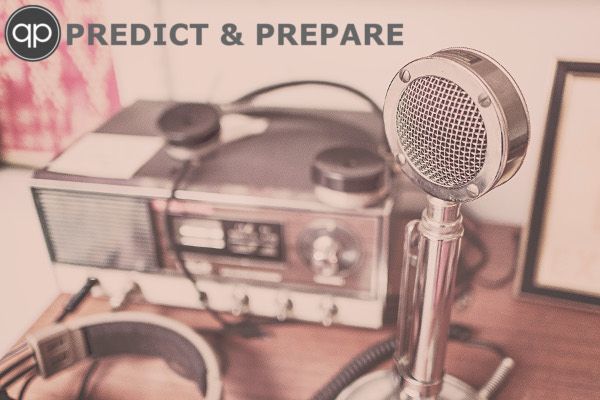Our society relies on cell phones and texting for the majority of our day to day communication. When disaster strikes and the basic technology that we depend on fails (land line, cell phones, internet) we need to have a plan in place to effectively communicate and also gather important information (adverse weather conditions, etc).
Did you know that if there is a viable threat of a terrorist attack, the US government has a kill switch plan, which is the authority to completely shutdown all communication via cell phones and the internet? Cell phones are often used to detonate bombs and are also the primary method of communication for terrorists. Even if you don’t believe that this kill switch plan will ever happen, there is no doubt that in a terrorist situation cell networks and 911 systems will be overwhelmed, just ask those who were involved in 9/11.
Prime examples of loss of communication in natural disaster situations were during Hurricane Katrina in 2005 and the Tsunami in 2011, where many people were left without access to critical information or an effective way to communicate for an extended period of time.
Choosing an emergency communication device that works for your situation and family is key to survival. The following is a brief summary of some advantages and disadvantages of the most common devices you can choose from.
Satellite phones are the ideal choice if your budget allows. They don’t rely on local cell networks/towers and can be used in remote locations. The only real disadvantage is the higher price tag but it might be worth it as these phones could literally save your life in an emergency situation.
When access to local news sources is lost, radio communication becomes necessary. Weather radios are inexpensive and many are charged by solar or crank so don’t require batteries. These radios are only good for listening though, you can’t broadcast with them.
Police scanner radios are great for listening to all emergency communication including fire rescue, police, military, etc. They are easy to use and scan all frequencies in your area (approx 30 mile range). The downside is they require batteries and like Weather radios they are for listening only, not broadcasting.
CB radios are easy to operate and are inexpensive. However, you can only communicate with other local CB users and you cannot listen to EMS communications.
HAM radio (formally called amateur radio) has been used for over 100 years and is the device of choice for many preppers. Learning to operate a HAM radio effectively can take time and being a HAM operator does require a license. Licensing involves taking an exam. Learning Morse code was once part of this exam, but is no longer necessary.
There are several choices for emergency communication, it is just a matter of planning ahead and selecting the device which will best suit your needs and budget.

Comments 2
Pingback: The Prepper's Blueprint: A Guide To Help You Through Any Disaster - PREDICT & PREPARE
Pingback: Interference with Emergency Communication: A Threat to Public